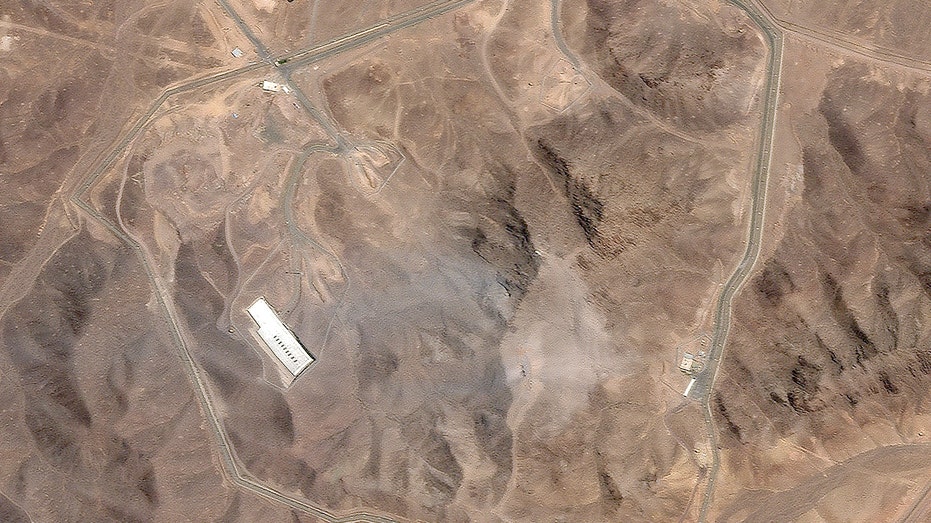Related News
Satellite image shows Fordow nuclear facility after massive bomb strike
Posted by - Senbookpro KAAYXOL -
on - 5 hours ago -
Filed in - Society -
-
17 Views - 0 Comments - 0 Likes - 0 Reviews

New satellite images of Iran’s Fordow nuclear facility reveal the aftermath of a massive bomb strike that the U.S. military launched as part of its Operation Midnight Hammer.
The U.S. launched a surprise strike using B-2 stealth bombers on Iran’s Fordow, Natanz and Isfahan nuclear facilities on Saturday.
"All three sites sustained extremely severe damage and destruction," Joint Chiefs Chairman Air Force Gen. Dan Caine said during a briefing at the Pentagon on Sunday morning. He added that the full extent of the battle damage to the facilities would take time to assess.
Fordow, Iran's underground nuclear enrichment site, was pictured in satellite images showing from a bird's-eye view that the strike had obliterated some structures at the site.
EXPERTS CONFIDENT IRAN'S NUCLEAR PROGRAM IS ‘NO LONGER’ AFTER MASSIVE US STRIKE
In satellite images taken days earlier, trucks and vehicles can be seen at the Fordow site.
Fordow is built into the side of a mountain near the city of Qom, about 60 miles southwest of Tehran.
The International Atomic Energy Agency said off-site radiation levels have not increased following the strikes on three nuclear sites in Iran.
"Following attacks on three nuclear sites in Iran - including Fordow - the IAEA can confirm that no increase in off-site radiation levels has been reported as of this time," the IAEA wrote in a post on X Sunday morning.
Fox News Digital reached out to the IAEA via email for comment on whether nuclear material had been moved from any of the three sites ahead of the strike.
IAEA Director General Rafael Mariano Grossi said in a statement that he will call an emergency meeting on Monday following the strikes.
A FULL BREAKDOWN OF OPERATION MIDNIGHT HAMMER, THE ‘LARGEST B-2 OPERATIONAL STRIKE IN US HISTORY’
Caine also detailed how Operation Midnight Hammer was the "largest B-2 operational strike in US history."
The operation employed advanced deception tactics and used more than 125 aircraft to carry out the success of the mission, including seven B-2 stealth bombers, multiple fourth and fifth generation fighters, dozens of air refueling tankers, a guided missile submarine and "a full array" of intelligence, surveillance, and reconnaissance aircraft, Caine said.
U.S. forces launched approximately 75 precision-guided munitions, according to Caine, including 14 30,000-pound GBU 57 Massive Ordnance Penetrators, the first operational use of this weapon.







